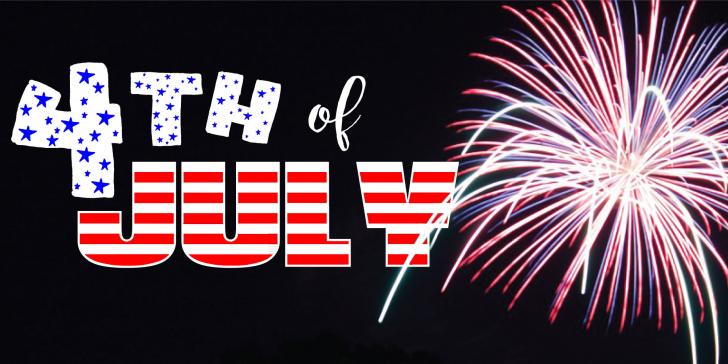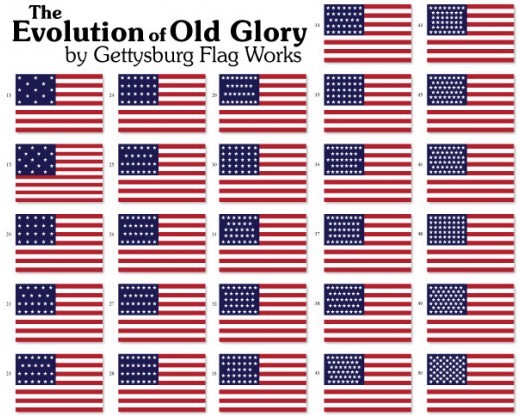American Independence Day

American Independence Day, commonly known as the "Fourth of July," "July 4th," or simply "the 4th," has been a federal holiday in the United States since 1941. However, the tradition of celebrating Independence day dates back to the 18th century and the American Revolution.

On July 2nd, 1776, the Continental Congress (a group of government representatives known as "delegates" called together from the Thirteen Original Colonies, which became the governing body of the United States during the American Revolution) voted in favor of independence, and two days later its delegates adopted the Declaration of Independence.
The Declaration of Independence is a historic document declaring the independence of the United States from Great Britain. It was drafted by founding father, Thomas Jefferson.
From 1776 until present day, July 4th has been celebrated as the birth of American independence. Standard festivities for this day range from fireworks, parades, and concerts to more casual family gatherings and barbecues.
The American Flag

Our nation's flag has been revised several times. Each of the 50 American states are represented by one star. Every time the country gained a state, a star was added to the flag on the 4th of July following the admission of each new state.
The American flag also consists of 13 horizontal stripes, seven red alternating with 6 white. The stripes represent the 13 original colonies. The colors are also symbolic: red symbolizes hardiness and valor (boldness), white symbolizes purity and innocence and the blue represents vigilance, perseverance, and justice.
4th of July Fun Facts
- The American Pyrotechnics Association (APA) estimates that more than 14,000 professional firework displays light up the skies in the United States each 4th of July.
- The oldest, continuous Independence Day celebration in the U.S. is the 4th of July parade in Bristol, Rhode Island; it began in 1785.
- John Adams and Thomas Jefferson were the only signers of the Declaration of Independence to later serve as U.S. Presidents.
- Both John Adams and Thomas Jefferson died on the same day: July 4, 1826, which was the 50th anniversary of the Declaration.
- James Monroe (founding father and later became President) died on July 4th, 1831, making him the 3rd President in a row to die on July 4th.
- Calvin Coolidge, the 30th President, was born on July 4, 1872 and, so far, is the only President to have been born on Independence Day.
- France, Greece, Poland, Russia, and several other countries in South America used the Declaration of Independence as a guide in their own struggles for freedom.
